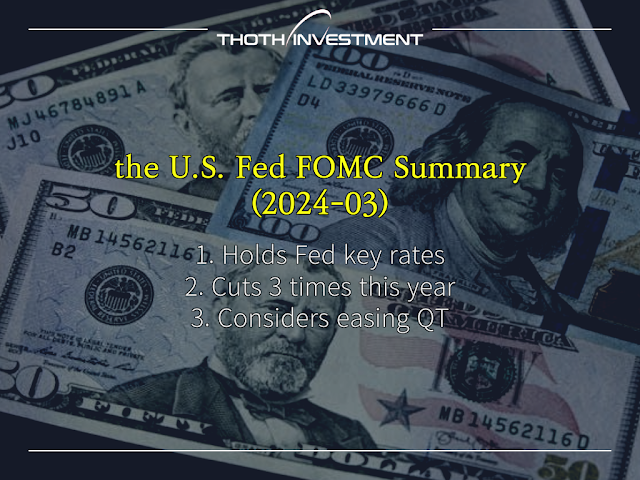Chip War: U.S. Tightens China Semiconductor Regulations
Chip War: U.S. Tightens China Semiconductor Regulations
Participating countries include South Korea, the United States, Japan, Taiwan, the Netherlands, etc.
Semiconductors become national strategic items around the world
Chip War literally means semiconductor war. It's a technology race between the United States and China over the semiconductor industry, with countries in the liberal camp, led by the United States, trying to keep China's semiconductor industry in check. These countries include South Korea, the United States, Japan, Taiwan, Germany, and the Netherlands.
Chris Miller, the author of 「Chip War」, describes the semiconductor industry in detail in his book and suggests that it will become a national survival strategy. I recommend reading it.
「반도체 주권국가」 is a book written by former Minister Park Young-sun, Dr. Kang Sung-chun, and CEO Cha Jeong-hoon, and is rated as a book comparable to Chip War. I recommend reading it.
Semiconductors have now become a central industry for economic security, and as a dual-use industry that is essential for both civilian and military industries, they have become virtually as important as the defense industry.
The United States is strongly restraining China's semiconductor industry growth, and China is struggling to evade U.S. sanctions as it prepares to become self-reliant and internalize semiconductor technology.
 |
U.S. Tightens China Semiconductor Regulations |
The Biden administration is asking key allies, including South Korea, Japan, Taiwan, the Netherlands, and Germany, to join it in regulating China's semiconductor technology. Given that China is the world's largest consumer of semiconductors, this could be controversial.
These countries are home to key players in the semiconductor supply chain, including South Korea (Samsung Electronics, SK Hynix, etc.), Japan (companies involved in semiconductor materials, components, and equipment), Taiwan (TSMC, etc.), the Netherlands (ASML), and Germany (Carl Zeiss).
ASML's share of sales (%); China's imports of ASML equipment grew rapidly ahead of the mass semiconductor ban.
 |
| ASML |
The problem is that China is the largest importer of semiconductors and the largest customer of semiconductor manufacturers.
The Chinese government is taking exclusionary measures against U.S. technology, which some have dubbed "Delete A," meaning "Delete America." Alternatively, it is looking for ways to circumvent U.S. sanctions.
Dell, IBM, Cisco Systems, and others, for example, are seeing their presence in China shrink.
Recently, news broke that Huawei has developed and mass-produced 7nm semiconductors using ASML's DUV equipment, prompting the U.S. to consider stricter semiconductor regulations. 7nm semiconductors are classified as high-performance, cutting-edge semiconductors required for AI technology, and Nvidia's (NVDA: US) A100 semiconductor is mass-produced using the 7nm process.
The U.S. is also considering regulations for 12- to 28-nm semiconductors, which are not considered high-performance semiconductors but are the most in demand worldwide, and is looking to limit the growth of Chinese semiconductor companies.
- Japan dreams of semiconductor revival... Lapidus launches
While the United States is attracting a large number of semiconductor production plants to strengthen its semiconductor supply chain, Japan has launched "Rapidus," a company funded by eight companies. The production process is being prepared with the goal of producing 2nm-class semiconductors in 2025 and mass-producing semiconductors in 2027, and the Japanese government is investing heavily in producing its own semiconductors.
ASML's technical support center, TSMC's Kumamoto factory construction, and Samsung Electronics R&D center are expanding in Japan, and the country is putting its life on the line to produce its own semiconductors.
- South Korea must move toward "semiconductor sovereignty"... Survival strategies in the era of economic security
The most memorable event for the Korean semiconductor industry was Japan's export restrictions on semiconductor materials, which led to the removal of Korea from the white list in 2019. The restrictions on hydrogen fluoride, photoresist, and polyimide fluoride, which are essential to the semiconductor production process, caused a major crisis. Everyone predicted a crisis not only for the semiconductor industry, but also for the Korean economy.
At the time, the Moon Jae-in administration filed a WTO complaint against Japan's semiconductor export restrictions and made large-scale government-led investments to develop and produce its own semiconductors. As a result, the country succeeded in localizing many materials, components, and equipment, attracting companies, and emerging from the crisis.
Now, five years later, Korea is contemplating its direction and competitiveness in the face of the US-China hegemonic competition.
Powered by, THOTH Investment


Comments
Post a Comment